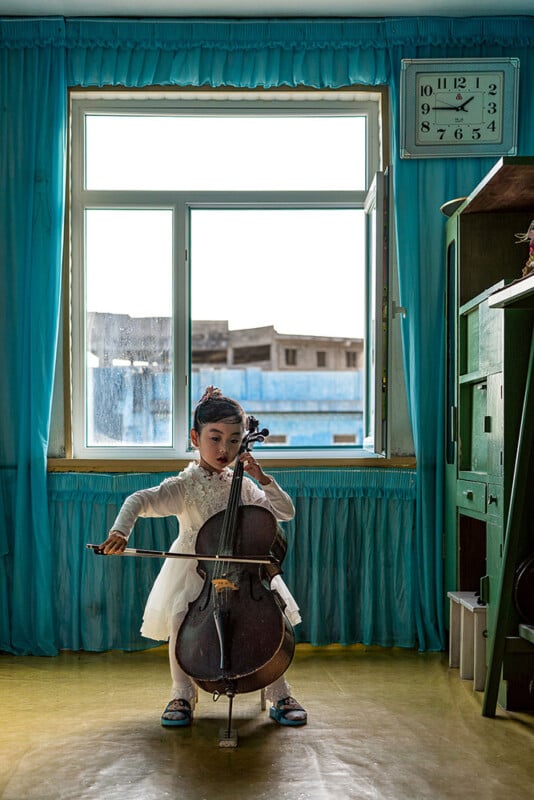Photographer’s Rare Images Reveal Everyday Life in North Korea

At the end of each day, North Korean officials would review all of the photographs taken by Tariq Zaidi — deleting the ones they didn’t approve of. But then Zaidi was lucky to be capturing any images at all from inside the hermit state.
Only 5,000 non-Chinese tourists are estimated to visit North Korea each year and the Covid-19 pandemic saw the socialist state pull up the drawbridge entirely. However, Zaidi was fortunate to have visited twice before Covid and tells PetaPixel he wanted to “explore the ordinary in this extraordinary state.”
However, what he explored and got to see of North Korea was only what his two guides — who were with him at all times — permitted him to document,
“The guides frequently requested to view my images, leading to the immediate deletion of those they deemed unacceptable,” London-based Zaidi explains.
“They evaluated the photos taken and advised which ones should be discarded, emphasising the importance of retaining high-quality images. Their insistence on achieving ‘good photos’ amused me, prompting me to pledge improvement in my photography.”



The North Korean officials barred Zaidi from taking images relating to the military which he says is consistent with global norms.
“They also discouraged photographing individuals alone but allowed group shots,” he adds.
“Many images were taken in motion, capturing street scenes from moving vehicles. Conversely, authorised locations like the Science Centre and official monuments were photographed with guide accompaniment.
“Notably, the guides consistently reviewed my images and requested specific deletions. When asked about deleting non-military content, they stressed a dedication to excellence: ‘We only want you to take the best pictures possible – please try to take only good pictures.’ This response brought a smile to my face.”




Upon arriving in North Korea, Zaidi had his equipment examined and documented before entering the hermit country. Afterward, he traveled all across North Korea visiting Dandong on the Chinese border down to the Demilitarized Zone in the south.
The photographer says that people were welcoming and hospitable, although he drew mixed reactions when raising his camera.
“Children were generally OK with me taking pictures, and adults allowed me to take photos after a few minutes of politely asking, although it did depend on where we were,” he says.
“In the metro, for instance, when I pointed my camera at people, they all shyly put their heads down to avoid being photographed. I’m unsure if that was due to cultural differences, shyness, or the lack of camera culture. Like anywhere else in the world, I photographed those willing to be photographed and respected those who were not.”




Zaidi first visited North Korea in 2017 when he planned to attend and photograph a beer festival until it was indefinitely postponed. But he embraced his structured visit capturing as much everyday life in North Korea which he has now published into a book titled: North Korea: The People’s Paradise.
“I endeavored to document what I witnessed, was shown, heard, and felt to the best of my abilities throughout my time in North Korea,” he says.
“My goal is to provide readers with a comprehensive and immersive experience, given the limitations of operating in North Korea. Forming one’s perspectives now falls upon those who engage with my work.”
More of Zaidi’s work on Instagram, Facebook, and his website.
Image credits: ©Tariq Zaidi



